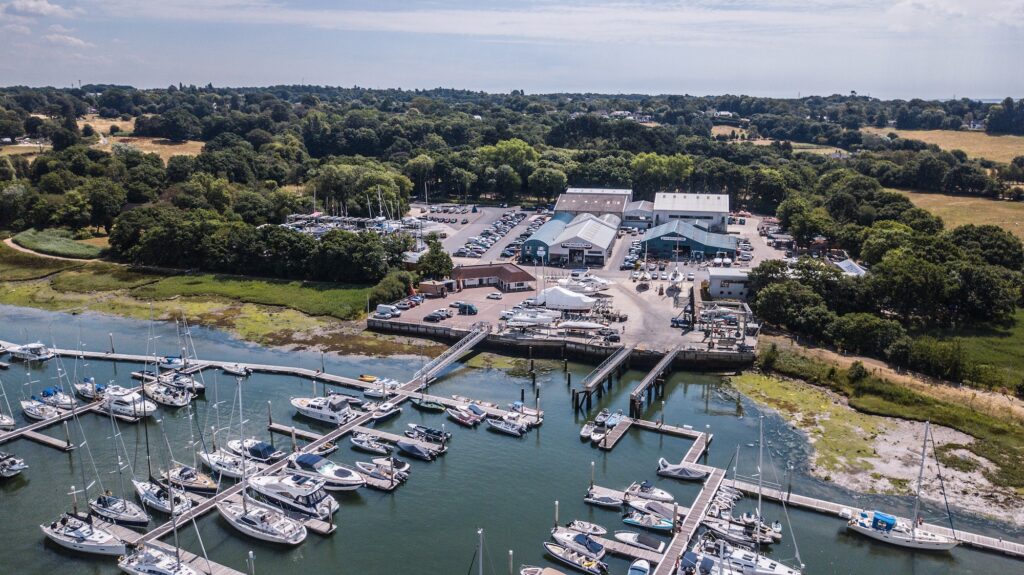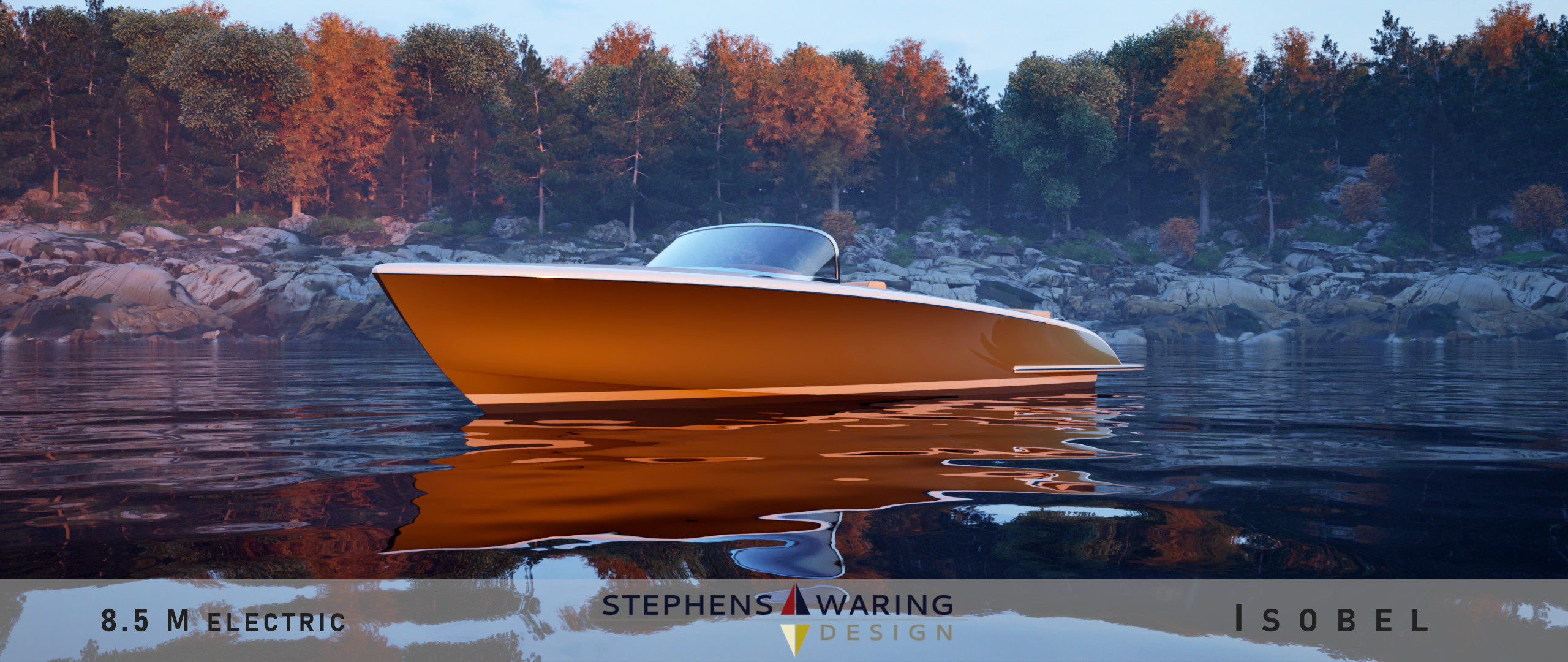

Let’s Talk Electric Boat Charging Infrastructure
As a global desire to search for more sustainable alternatives grows stronger in the ever-changing world of transportation, there’s a new wave in town that is, well… making waves. In just the past few years, electric boating has seen massive growth in demand with just 27% of boat users now seeking traditional combustion boat power. Indeed, in addition to offering the unparalleled freedom and mindfulness that comes with on the water exploration, electric boating has emerged as an eco-friendly marvel that also offers a clean, quiet experience with zero emissions and minimal noise pollution.
But, as we navigate away from the old myths of electric power and towards this promising future for the marine industry, one crucial element stands out – the charging infrastructure for electric boating. Just as electric cars rely on charging stations, electric boats require designated spots to replenish their power reserves. These charging stations act as essential lifelines for electric boats, ensuring users can venture out with confidence. However, as a relatively new boat propulsion method some have questioned whether the current electric charging infrastructure is enough to support the longer journeys and speeds that are seen with traditional combustion engines; especially when considering the national aim to decarbonise the waterways by 2050.
From powering ports with charging stations to diversifying charging options and creating interconnected networks, here we will dive into the significance and capacities of current electric boat charging. Providing defined clarity amidst a sea of talk and opinions and exploring the vital role that well-planned charging stations play in enabling our electric boats to continue to roam our waterways freely.


Charging Flexibility
Contrary to what you might have heard, there is plenty of opportunity to charge your vessel while cruising – you certainly won’t find yourself stranded. However, unlike traditional propulsion, there is much greater flexibility as to where and when you charge your boat. This is thanks to a large – and continually growing – number of marinas that offer access to shore power. Such infrastructure allows individuals to charge their vessel overnight – if they want to be on the move during sunlight – or alternatively, charge in the day should they want a break from their adventures to replenish and explore the local area while moored up.
While largely dependent on the battery, most electric vehicle batteries are now also built with the Combined Charging System (CSS) technology, providing a foundation for individuals to recharge their electric boat how and when they prefer. CSS offers a versatile method of charging, ensuring the vessel can use two types of charge points: AC (Alternate Current) and DC Fast Charging (Direct Current).
AC Charging:
Allows an individual to charge their vehicle into any regular electrical outlet, providing a suitable and flexible but slow charging method (again best placed for an overnight charge, this could even be done on a bigger boat with a generator).
DC Fast Charging:
Is perfect for those in a hurry or who want to get going as quickly as possible as, you guessed it – it allows for extremely quick charge times, alleviating the previous concerns about extremely long boat charging times.
Despite the UK only seeing its first fast charging station in 2022, the electric boat charging network is gathering momentum and seeing huge investment across Europe and beyond. Just as recently as June, the UK government signed off on a 3.2 million grant to get charging stations implemented across the south coast. For those looking to take advantage of this electric charging flexibility, the RAD 40 electric outboard makes for the perfect companion piece. Not only does it utilise the electric advantage to offer ultra-fast charging, but its compact design and precise control (thanks to the drive-by throttle and steering) make this a fantastic outboard for a clean time on the water.


Innovation Through Demand
Another core variable that has impacted electric boat charging is simply the need for infrastructure development.
As the number of electric boats on the water increases so does the demand for charging stations. This pushes marinas and port authorities to invest in charging infrastructure, making it more accessible to electric boat users. What’s more, the demand for electric boat charging has encouraged companies to innovate and develop more efficient charging technologies. Faster charging options, smart charging systems that optimise energy usage, and wireless charging solutions are some of the advancements we have seen – and will continue to see – as the market for electric boating expands. The competition to provide the best charging solutions leads to continuous improvements in technology.
This innovation can be seen within RAD Propulsion products. For instance, the RAD 40 is fully interconnected through the unique RADBus drive-by-wire system architecture and RADLink mobile connectivity. This allows for smart solutions such as battery monitoring/management, Bluetooth app connectivity, motor control, and more. What’s more, RAD systems conform to the NMEA2000 protocol, allowing for greater compatibility with other devices, as well as faster and more robust data transmission. The RAD 40 system also provides boat users with an innovative safety lanyard (RADTag) that can easily be used to identify the boat user. Pretty neat huh?


Bridging The Charging Network GAP
As the popularity of electric boating grows further, so does the need for a cohesive and well-connected set of charging networks that are tailored to traffic volume. These charging networks are the bridges that span the gap between charging stations, allowing boaters to navigate the waters freely without worrying about running out of juice. Just like highways on land, these networks establish efficient routes for electric boaters, enabling them to plan their trips with ease and peace of mind regardless of whether they sail across quiet or highly populated locations.
The current network infrastructure reflects a strong start in that respect as charging stations are currently – and continue to be – strategically placed across popular coastal destinations and waterways. This ensures that those who require access to electric charging stations will always have an option. Despite this, the electric boating industry is one that is far from fixed when considering the massive uptake in users and growing technological capabilities (just to name a few things). It’s important that charging networks are continually built upon to ensure that boat users always have access to electric charge moving forward.


Looking To The Future
With the current infrastructure in place for electric boat charging, some may say that the future is the present while others may say that the future is very much still the future.
Creating charging networks for electric boats is not without its challenges, but it’s a voyage worth undertaking. As more charging stations continue to become available at marinas and ports, it instils confidence in boat owners to make the switch from traditional fuel-powered vessels to electric ones. This transition is vital for reducing greenhouse gas emissions and promoting sustainable boating practices and sends a powerful message about the industry’s commitment to protect our waters and preserve marine ecosystems. By embracing the electrifying potential of charging networks, we pave the way for a future where sustainable boating becomes the norm, and our waterways thrive for generations to come.
Curious about how RAD Propulsion is innovating the electric outboard landscape with RAD 40? Contact our team of experts today.




